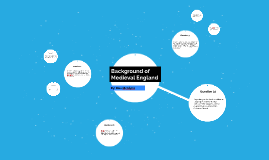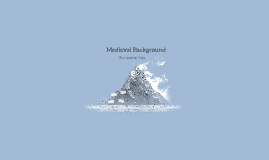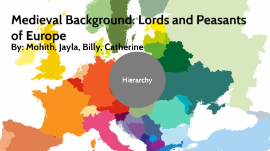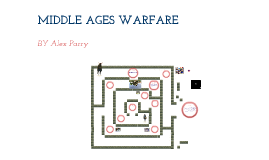medieval presentation
Transcript: 13th century Armour ARCHERS castles were often heavily defended and this made it extremely difficult to break into castles these are some of the weapons that were used to break into castles: ballista:A larger version of a crossbow. mangonel:fired heavy stones out of a big bucket. siege tower:carried men and the purpose of this was to get men behind the wall safely trebuchet:hurled heavy stones to destroy walls of cities or castles. ARMOUR By the 1400's knight wore Armour almost entirely made of uncovered steel plates. shields weren't used as much as they weren't needed but were sometimes used in tournament. http://www.middle-ages.org.uk/middle-ages-weapons.htm Firth,R,2003,knights,usborne publishing,saffron hill,london Harpur,j,1995,inside the medieval world,cardigan street,carlton,victoria Gravett,C,1995,the world of the medieval knight,macdonald young books,Hove,east sussex BY Alex Parry CROSSBOW MEN Over time the knight's armour developed from hauberk to all of his armour being made of steel plates.This was because new weapons were being developed and the armour needed to withstand these new weapons so they made the armour stronger so that it could withstand these new measures. A knight was a horse-mounted warrior who could plow through numerous amount's of foot soldiers and archers. The weapons that knights used include: broadsword,horseman's hammer,falchion sword,greatsword,longsword,medieval shield,lance,flail,mace The crossbowman were more suited to sieges. He could fire off bolts at a high velocity and penetration power at the expense of fire rate,as he would have to take cover behind a Merlon to reload and cock the crossbow.A Merlon was a movable wooden structure. 14th century Armour bibliogaphy he has a coat of plates over his mail and gutter shaped on his arms and legs. he is wearing what is called a Basinet rather than a Helmet. MIDDLE AGES WARFARE Foot soldiers were the main type of unit for the army as they carried a pike which had the capability of knocking a knight off of his mount. A pike was a sharp spearhead on the end of a long wooden pole, additionally they carried a dagger and a sword for hand to hand combat. Their job was to protect the archers who weren't very good at defending themselves. Again he has chainmail on his hands,legs and feet, he also wore a colourful outer garment called a surcoat,this provide protection from the heat and rain. His helmet had a chain attached to it so that he could sling it over his shoulder, and he carried a shield however smaller than that of an 11th century knight. KNIGHTS 1350s Armour ARMOUR middle ages SIEGE WEAPONS The archer had more accuracy and fire rate than the crossbowman as the archers would try to focus on the weak spots of a knights Armour, they could fire 15 arrows in one minute.Both of them wore minimal Armour, they wore leather jerkins and a metal helmet, they also had a dagger for hand to hand combat but this was no match for a knights sword and armour.The archers bow was made from yew tree.Archers were more suited to straight out battles than sieges. The middle ages lasted from the 476 to 1453 CE. Through the middle ages there were changes made to everything from a knight's armour to the way a building looked. FOOT SOLDIERS The eleventh century knights were wearing armour made of lots of little interlinked circle pieces of metal also known as chainmail or hauberk,this was split at the front and the back for easier riding.He had a large shield the covered the horse's flank and a helmet with a nose guard to stop slashing or cutting his nose.

















